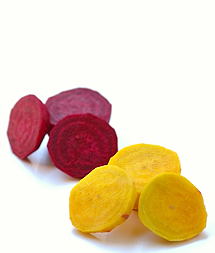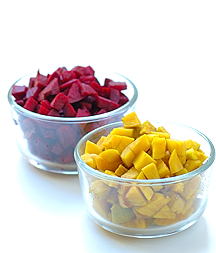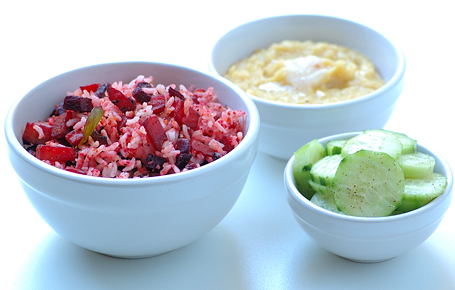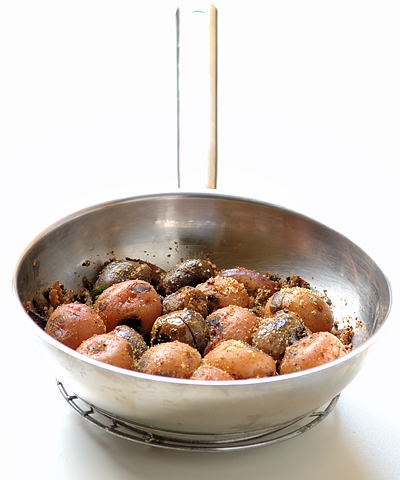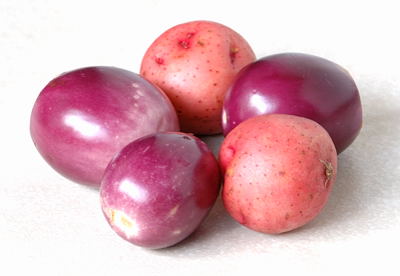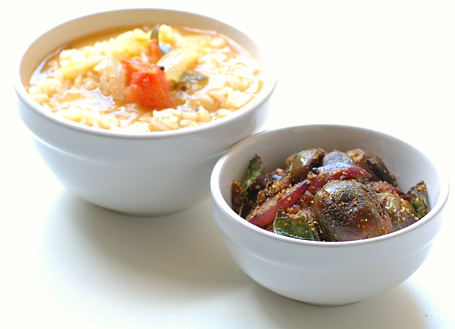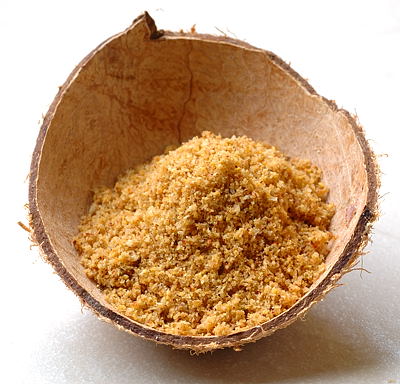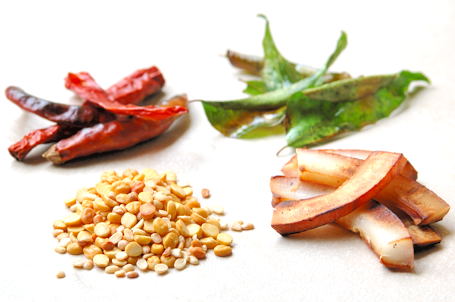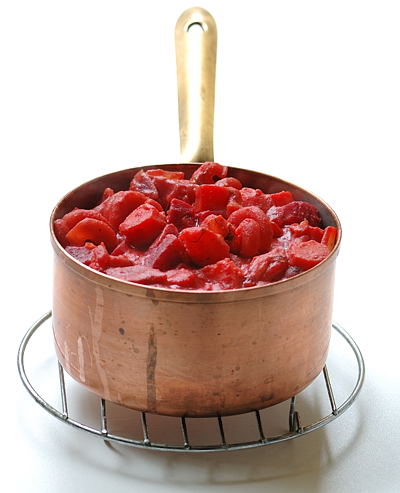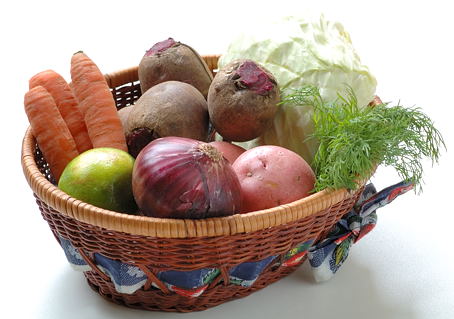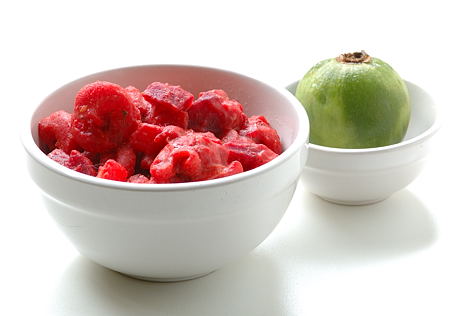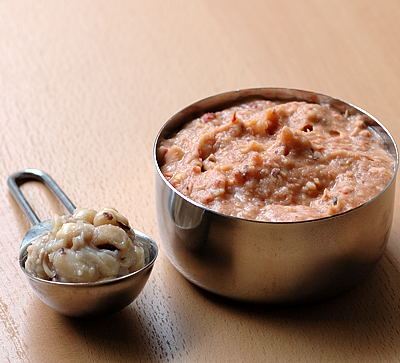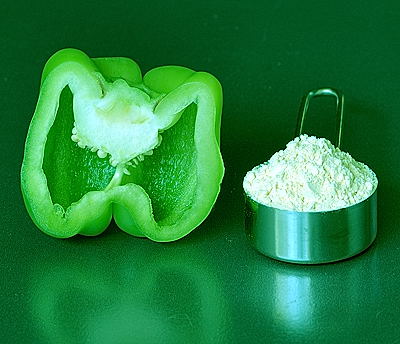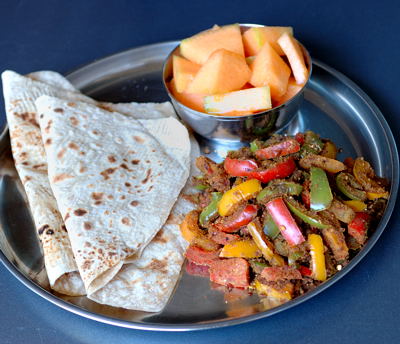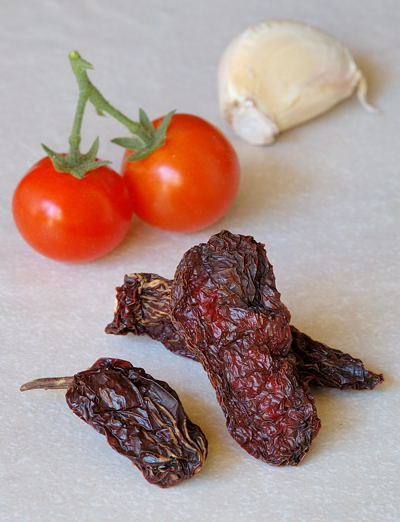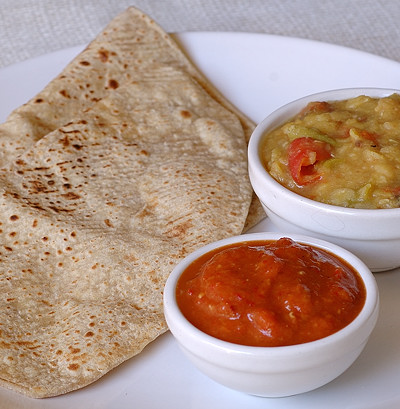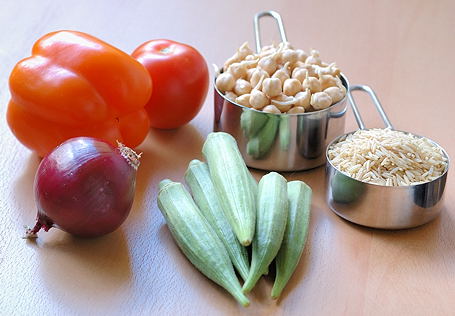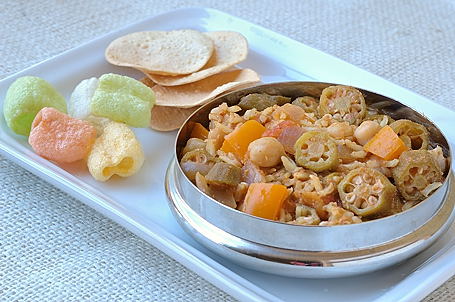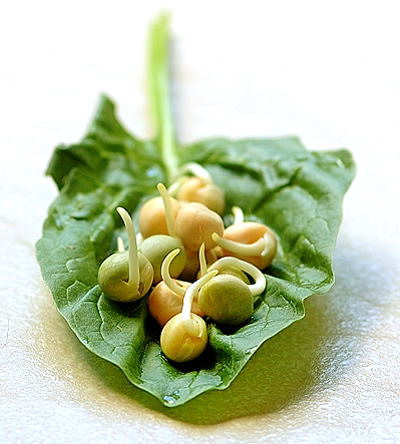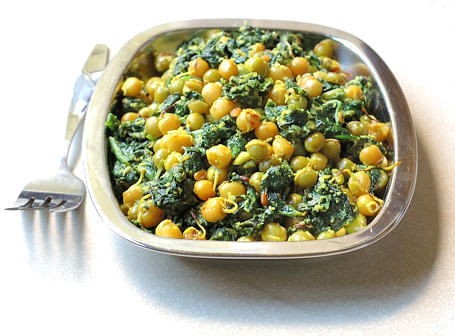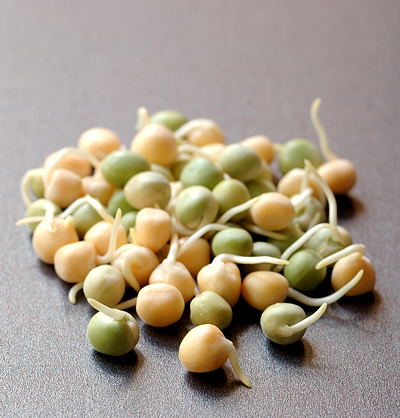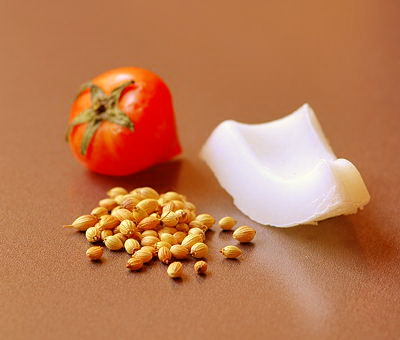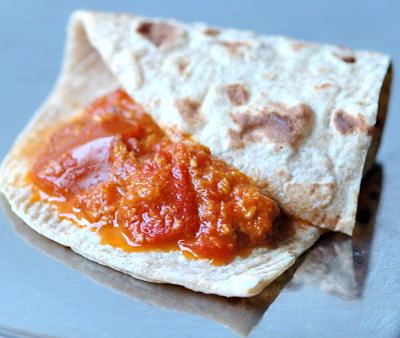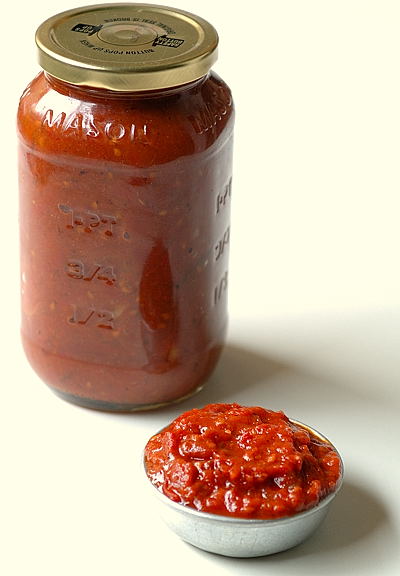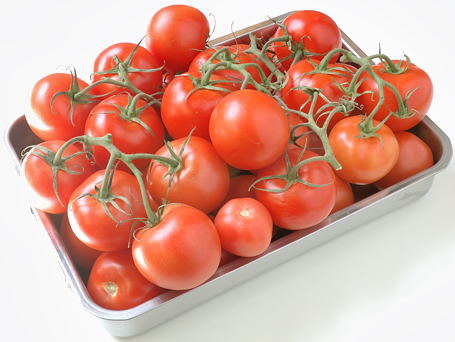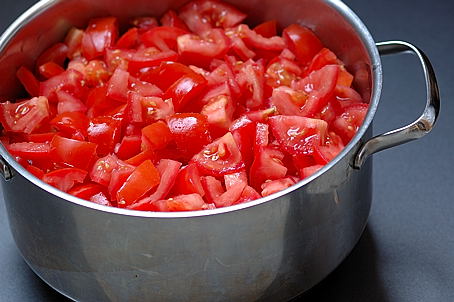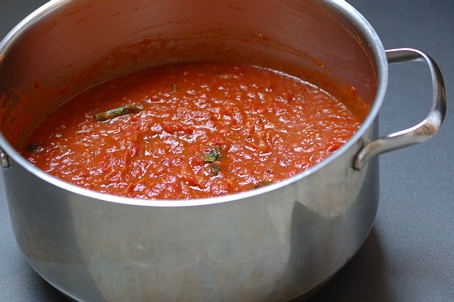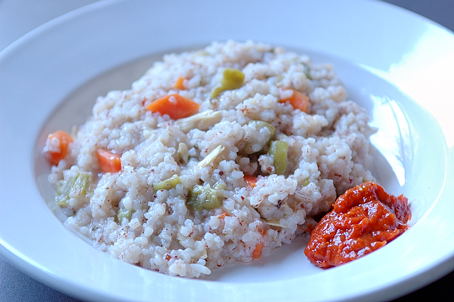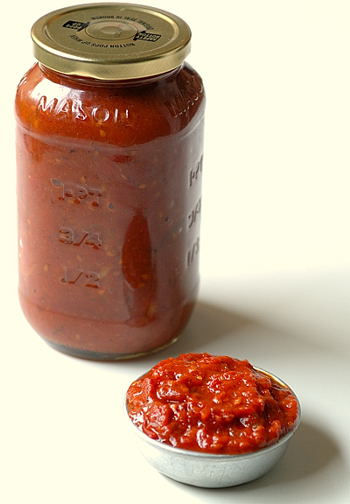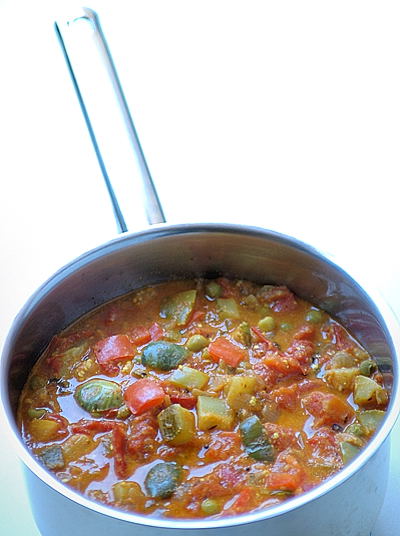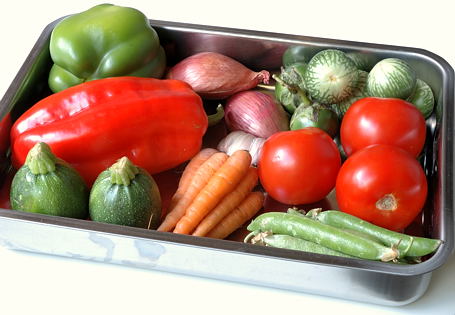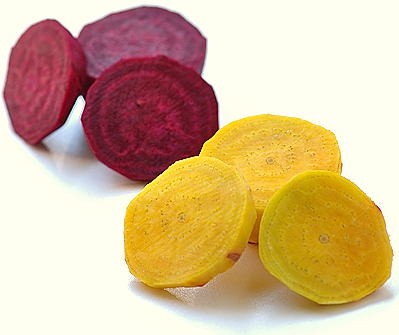
Beets ~ Gold and Ruby
The flavor and the color of beets are unique. Their sweetness is more like saccharine than sugarcane. One thing is for sure, they do brighten up any meal with that bold, ruby-red color. But the new variety, the golden beets that I see at farmers markets in recent years is little bit different. They taste more like carrots than beets and they do not stain or bleed like red beets. I personally feel that golden beets taste much better than red beets. But, they are still in designer, fancy stage and I look forward to the days when they become more affordable.
After the yesterday’s curry, I had three each, red and golden beets left from Sunday’s farmers market purchase. I have added few carrot pieces to the bunch and made a hearty sambar with toor dal. The sweet beets and carrots, creamy rich toor dal and spicy sambar masala, together with rice and papads ~ it was a good supper today.
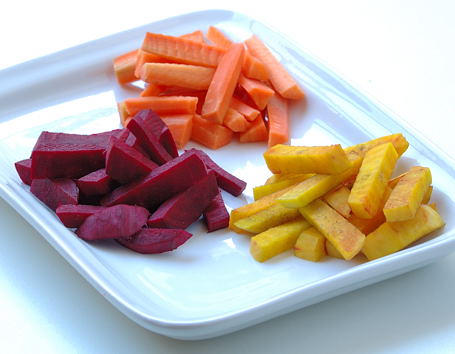
Red Beets, Gold Beets and Carrots ~ for Sambar
Recipe:
Pressure-cook the dal:
Take one cup toor dal and two cups water in a pressure-cooker. Cook the dal to very soft and mash to smooth with an immersion blender or wood masher.
Prepare the vegetables:
Carrots, red and golden beets, 3 each – peel, cut to thin, two-inch length pieces
tomato and onion – one each, finely sliced
Do the Popu and Simmer:
In a heavy pot, heat a teaspoon of oil until a curry leaf tossed in it sizzles. Keep the heat to medium. Add a sprig of curry leaves and toast to pale gold color. Then, add a pinch each cumin and mustard seeds. When seeds start to pop, add the onions. Saute to soft. Next goes tomatoes, carrots and beets. Saute for about ten minutes.
Then, stir in half teaspoon each – turmeric, salt, red chilli powder and a tablespoon each –sambar masala powder and tamarind pulp. Also the cooked and mashed toor dal along with three cups of water. Mix everything thoroughly and bring to a boil. Reduce the heat, partially cover the pot and simmer until the vegetables are soft. Stir frequently and well, as the toor dal tend to sink to the bottom and stick. Garnish with few sprigs of finely chopped coriander leaves if you wish and serve warm. Tastes great mixed with rice.
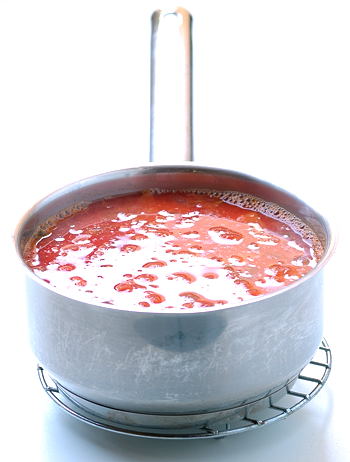
Beetroot Sambar ~ Under the Golden Sun Rays
